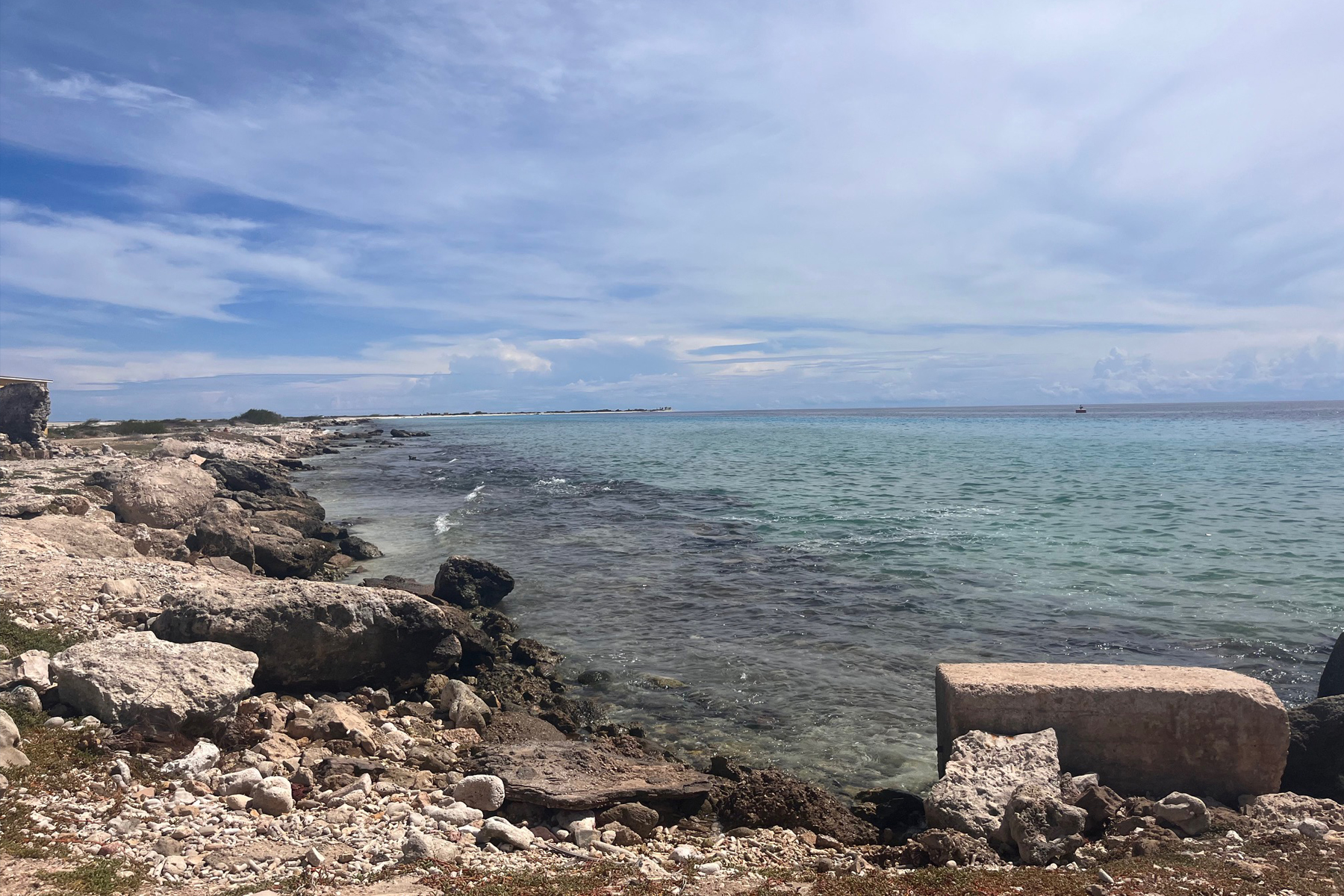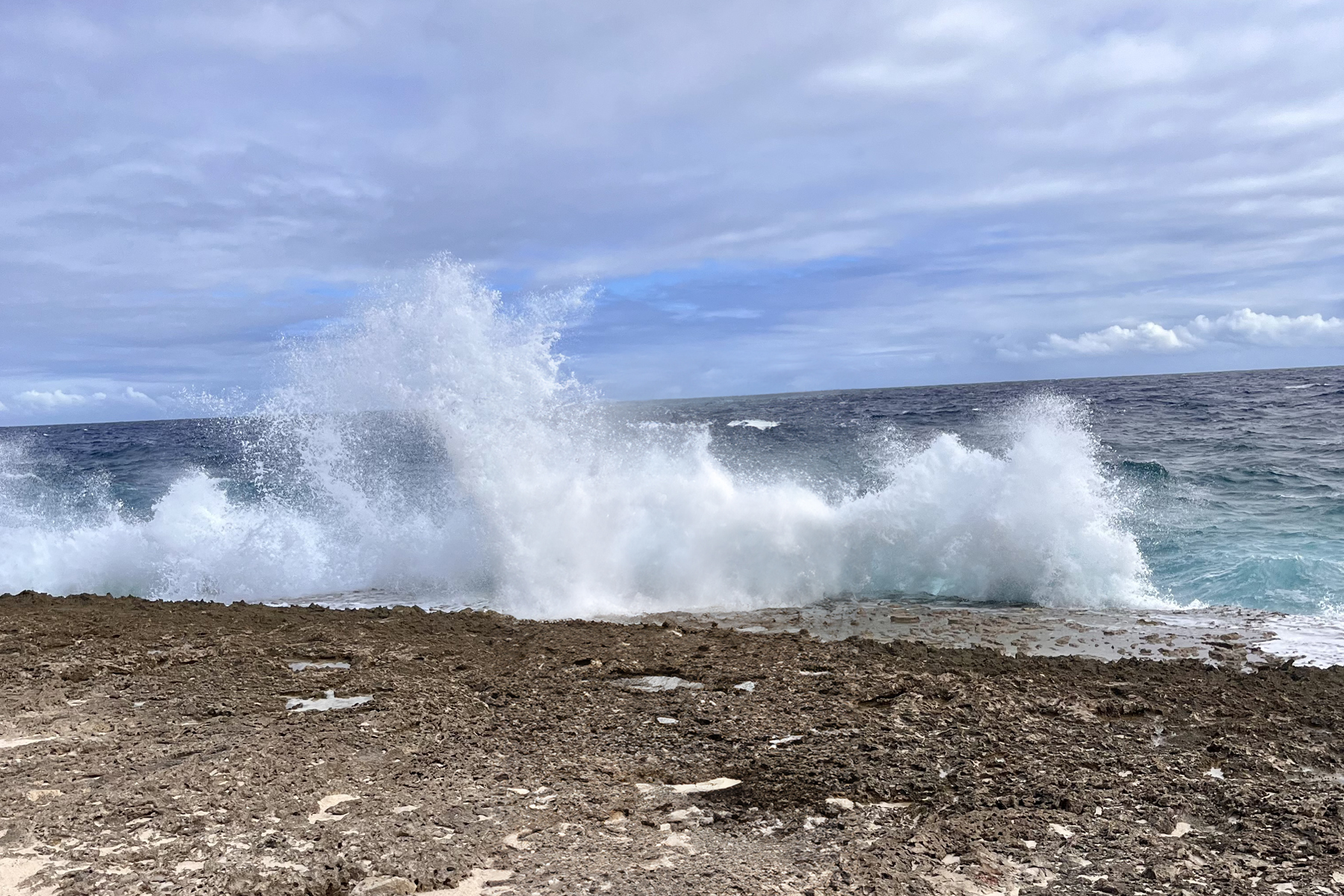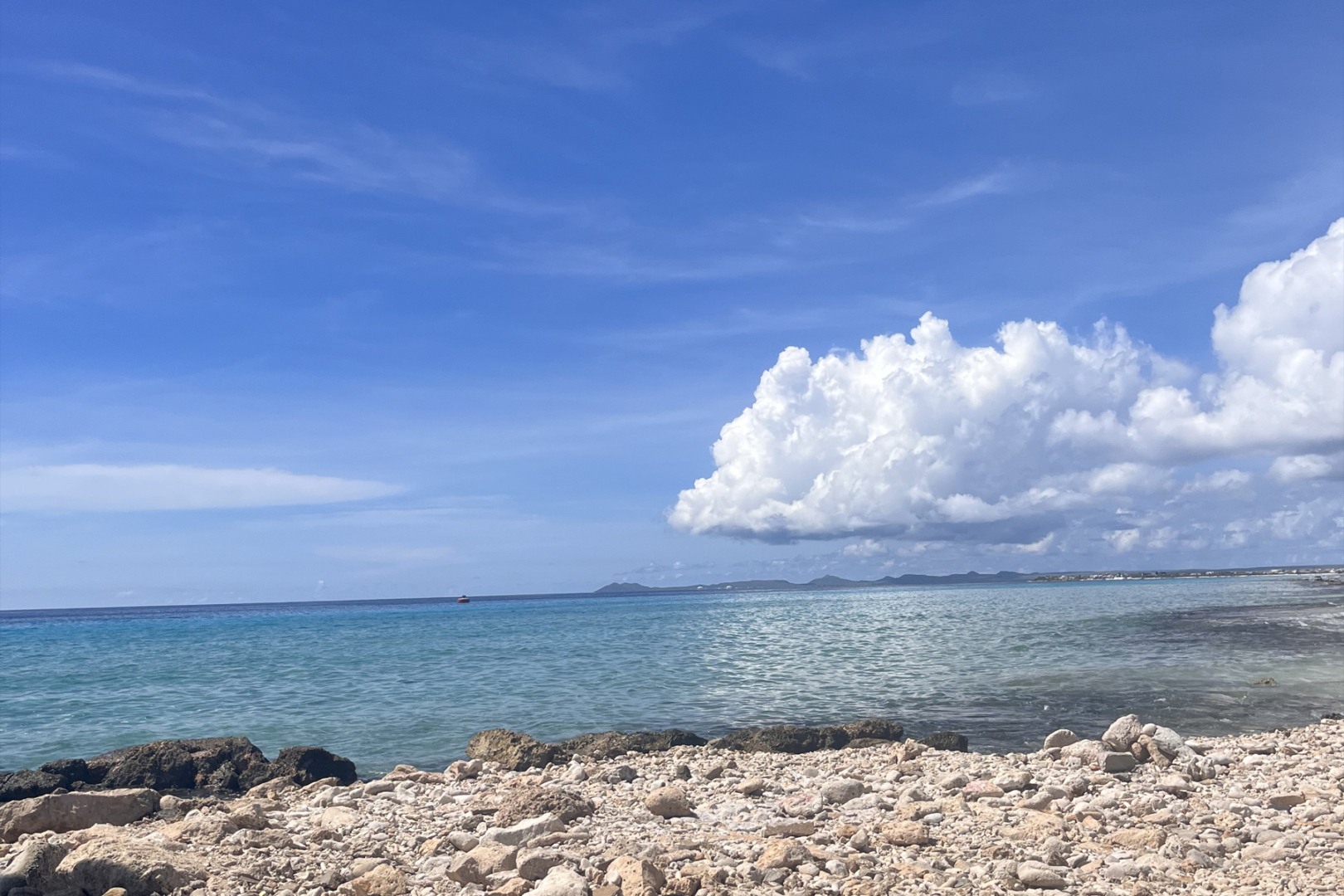Bonaire wind reversal: tips for safe diving and boating
A Bonaire wind reversal causes changing wind directions, affecting diving and boating. Rougher seas, increased jellyfish signals and changing wave patterns necessitate extra caution. Especially the west coast and moorings require extra attention during these weather conditions.
Bonaire is known for its calm, clear waters and sunny days, perfect for diving and exploring marine life. But sometimes Mother Nature has other plans. One of the lesser-known weather phenomena here is the Bonaire wind reversal, something that can surprise even experienced locals.
What is a wind reversal?
A wind reversal occurs when the usual easterly trade winds suddenly change direction. This can be caused by storms or weather systems in the area. During a Bonaire wind reversal, the wind no longer comes from the east, but from the west or south, which has significant consequences for divers and boat owners alike.
Effects on Bonaire’s west coast
During a wind reversal, the waves on Bonaire’s west coast can get rougher and higher. This makes it more difficult for divers to get in and out of the water safely. As the waves are pushed toward shore, the sea may feel more turbulent. This calls for extra caution. When diving during a wind reversal, make sure you are always covered and avoid getting too close to the surface, where jellyfish can often be found.

Safety of boats during a Bonaire wind reversal
For boat owners, a wind change is also a challenge. The moorings, to which boats are normally tied, are designed for easterly winds. But when the wind suddenly turns, boats can get dangerously close to shore. Rough seas increase the chances of mooring lines breaking. The advice is to remove boats from moorings during a severe wind reversal to prevent damage.
Rib jellyfish and other marine life
With a Bonaire wind reversal, there may also be an increase in jellyfish. Rib jellyfish, which normally live in the open sea, are spotted more often. Although they are usually harmless, there may be more dangerous jellyfish, such as the box jellyfish, among them. When diving, make sure you are covered to avoid any jellyfish stings.
East coast diving during a wind reversal
One advantage of a wind reversal is that Bonaire’s east coast, which is normally rougher, can become calmer. This can be a good alternative for diving if the west coast is too wild. Just be aware that conditions on the east coast are different, with often stronger currents. Prepare well and take proper precautions.

What can you expect from the next Bonaire wind revival?
The duration of a wind reversal can vary, but it is important to keep a close eye on sea conditions and wind direction during this period. When the wind reversal is over, the wind usually returns to its usual easterly direction. At that point, divers and boat owners can once again enjoy the water under safer conditions. Always stay alert, however, as weather conditions can change quickly.
Whether you’re a diver or just enjoying the coastline, understanding a Bonaire windbreak is essential to your safety. Stay informed, adjust your plans and make the most of what Bonaire has to offer, even when the wind is not coming from the usual angle!
Read more about Bonaire’s animals & nature here.
